The best foreign films of each decade
Photo via Miramax
Rocket (played by Alexandre Rodrigues) sits pensively on a beach as the sun sets over the sea
Hollywood is a place synonymous with cinema, and it’s hard to imagine one without the other. After all, the American film industry is the largest and most influential in the world. But creativity isn’t exclusive to the United States, and the history of film is filled with incredible works from directors worldwide. In honor of “All Quiet on the Western Front” winning the Oscar for “Best Foreign Film,” I made a list of the best foreign films through the years.
1950s: “Seven Samurai” (Japan)
Directed by Akira Kurosawa
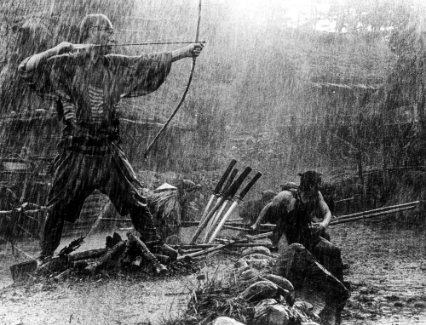
(Photo via Toho)
Akira Kurosawa is, without a doubt, one of the most influential directors of all time. His biggest influence was when his films got the attention of a certain lesser-known director by the name of George Lucas, who took many of his concepts and adapted them to a sci-fi setting. Out of the many movies in his filmography, however, “Seven Samurai” is his masterpiece. The film is set in 16th-century Japan, where a group of Samurai are recruited to protect a village from a bandit raid that threatens to steal what little resources they have.
The character development is the standout attribute of this film, as it is one of the first movies to truly dive into what it means to be a hero. The movie treats the samurai as flawed humans instead of an idealized version, making their actions much more important. Each character stands out and brings something special to the group dynamic, allowing it to flow smoothly. Everything in the film runs like clockwork, from the plot, to the endearing dialogue and the pacing which builds up to a massive battle scene that is still enjoyable in 2023.
“Seven Samurai” is Kurosawa’s masterclass, inspiring countless directors of every genre, including almost every major filmmaker. The film cements Kurosawa’s legacy as one of the greatest filmmakers of all time, and is a must-watch for anyone who is interested in cinema or wants to make movies.
1960s: “The Great Silence” (Italy)
Directed by Sergio Corbucci
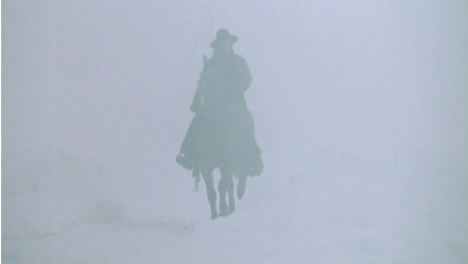
The western genre is quintessentially American, yet it experienced its golden age when a group of film students in Italy decided to add their twist to the genre. The “Spaghetti Western” was pioneered by filmmakers like Sergio Leone, director of “Good, the Bad, and the Ugly” and Sergio Corbucci. Corbucci made the biggest deconstruction of the genre with “The Great Silence,” which tells the story of a mute gunslinger who vows to protect an outlawed community of poor refugees from a sadistic bounty hunter called “Loco.”
The movie is marked by Corbucci’s bleak and uncompromising tone as it shows a man trying to fight against things far beyond his control in his quest to protect the weak. It all culminated in the movie’s tragic end, which leaves a lasting impression on the viewer as it ultimately reflects the reality of life that good doesn’t always beat out evil in the end. The bleak fate of the unnamed protagonist was a reflection of the deflated mood during the late 60s with the assassinations of social activists like Martin Luther King Jr. It was also influenced by Italy’s environment of turmoil during the aptly named “years of lead,” when terrorism and corruption reigned supreme over the country.
Corbucci’s “The Great Silence” offers a brutally honest tone to the western genre that is a refreshing take on one of the oldest genres of film. Due to its uniqueness and how Corbucci masterfully subverts expectations while still offering something new, it’s the best film in the genre.
1970s: “Stalker” (Russia)
Directed by Andrei Tarkovsky
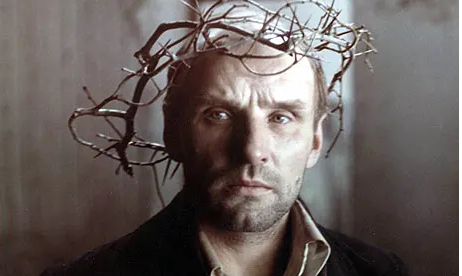
(Photo via Mosfilm)
Out of all the films on this list, “Stalker” is by far the least accessible, and is not a film that’s easily understood during the first viewing. It’s an incredibly dense yet ultimately worthwhile film that explores themes of faith and the search for meaning that every human goes through. The film is set in a dystopian world with the main characters being led by a character known as “The Stalker,” an enigmatic man whose mission is to lead people to a room known as “The Zone” where the laws of physics don’t apply and the characters’ deepest dreams come true.
“Stalker” is much less of a traditional film and more of an exploration of ideas and an allegory that is still open for interpretation. For some, the Zone represents the opportunity for a better life in the West, but for others, it represents the quest to find meaning in life. Whatever it is, Tarkovsky wrapped it up perfectly, and the fact that it’s still being argued nearly 50 years later is a testament to his skill as a director to make an allegory that sticks out to so many but isn’t heavy-handed. The visitors that the Stalker leads to the zone represent different aspects of human emotion, with the Writer representing the creative side and the Scientist representing logic and reasoning. The performances by the two actors (Anatoly Solonitsyn and Nicolay Grinko respectfully) are nothing short of spectacular in bringing out those aspects, and it’s aided by Tarkovsky’s carefully crafted shots where each scene is dragged out to create a sense of atmosphere above and beyond many movies of its time and even many today.
In short, “Stalker” is a beautiful and difficult movie about the questions that every human struggles to answer and cope with each day. It’s an experience I think everyone should try at least once, if not more than once, if they want to understand it more. I don’t have any of the answers to the questions in the film and neither does Tarkovsky, but it’s a movie about the journey to find them, not the answers themselves.
1980s: “Come and See” (Russia)
Directed by Elem Klimov
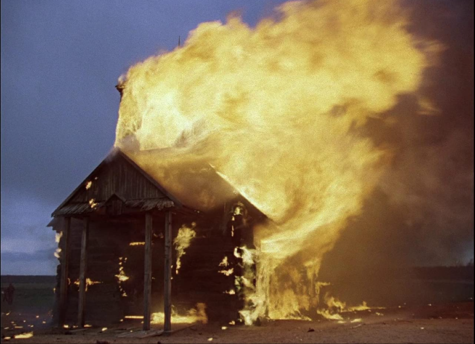
War has always been a subject of humans’ morbid curiosity since the days of early conflict — it’s a subject that’s been present in all forms of art from books to paintings and now cinema. War movies are a time-tested genre of film with classics like “Apocalypse Now” and “Full Metal Jacket,” analyzing the effects of war on people’s psyche.
However, by far the most harrowing and accurate depiction of war in cinema has to come from Elem Klimov’s “Come and See,” dubbed by critics to be “the scariest non-horror movie of all time.” The film centers around a naive 13-year-old boy who signs up to join an anti-fascist partisan group in the Eastern Front. The character soon changes from an idealistic young boy to a shell of a man by the end of the story. Despite it being a Soviet film set in WWII, there are no grand battles or “good guys” saving the day like many war films which romanticize conflict; it is entirely in the perspective of the civilians of Belarus as their villages get torched and pillaged at the hands of the Nazis.
There is no scene in cinema more haunting than the climax of this movie, where the Nazis arrive at a village and raze it to the ground in a chaotic frenzy, with the protagonist’s hollow face after witnessing it being the most iconic shot of the film. “Come and See” serves as a timeless reminder of the true face of war and fascism: something horrifying. It is as much of a documenting of the past as it is a stern warning to the future.
1990s: “La Haine” (France)
Directed by Matthieu Kassovitz
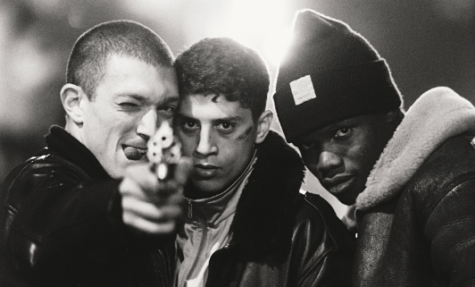
No movie captures the feeling of watching the ticking time bomb of “Rage and Alienation,” which leads to disaster as much as “La Haine.” The film takes place over the course of one 24-hour day and follows the lives of three young men from different racial backgrounds who try to cope with a society that rejects them.
What truly sets “La Haine” apart from similar movies like “Boyz in the Hood” and “Menace 2 Society” is its in-depth social commentary of racism, poverty and police violence. These three aspects culminate in an all-encompassing feeling of rage felt by not only the trio of protagonists but with the entire city that leads to a heart wrenching climax. During the climax, one of the men confronts a police officer that ends with a cliffhanger, leaving viewers to wonder about what the fate of the trio was afterward.
Matthew Kassovoitz’s “La Haine” is an incredibly powerful film which asks piercing questions about the nature of French society and what drives young men to crime and desperation — all themes that are just as, if not more, relevant now than they were in 1995. Kassovit’s raw and in-your-face style leaves its mark on the viewer long after the movie is finished, and it deserves its place as a classic of French and European cinema.
2000s: “City of God” (Brazil)
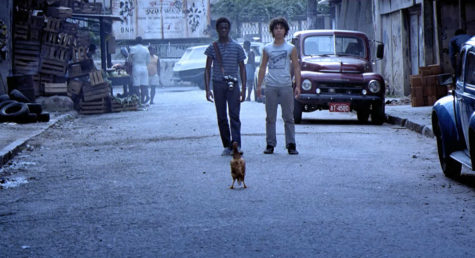
Directed by Katia Lund and Fernando Meirelles
Latin America is a culturally rich, yet economically exploited and poverty-stricken region that’s forgotten by much of the world. No place is a better example of it than the favelas of Brazil. The 2002 classic, “City of God” tells the story of a young kid growing up in the slums of Rio de Janeiro with nothing but a camera and the hope of eventually making it out, as his story connects with another kid from the same environment who marks a radically different path than he does. The movie is a brutal and terrifying look at the results of an environment where life has no real value unless you’re taking it or yours has been taken.
Meirelles and Lund use a very unconventional approach to filmmaking, where the movie is shot almost as if it’s a documentary. This is thanks to its camera style and cast of mostly amateur actors who came from the very slums of Rio that the movie is set in. Despite the cast not being big-name actors, its performances are terrifyingly realistic and offer a look at the underlying realities of life in the favelas.
What makes “City of God” so powerful is the way that it refuses to shy away from the brutality of gang warfare in the favelas. This impacts children even more than it does adults. The youth are the ones who end up making up the gangs that toss themselves into an endless meatgrinder of wars over control of the drug trade. It’s like if “Lord of the Flies” mixed with “Goodfellas” to create one of the greatest depictions of the price of economic inequality and institutional violence that serves as a haunting display of the realities that millions of people live in, not only in Brazil, but throughout the entire South American continent and the third world as a whole. Unfortunately, this is the reality for many young people — a life of desperation, violence and despair.
2010s: “Parasite” (South Korea)
Directed by Bong Joon-ho
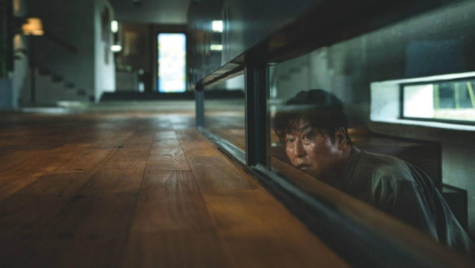
Bong Joon-Ho’s 2019 gripping film tells the story of a poor family infiltrating the home of a wealthy one as they desperately try to climb up the social ladder, even if it means getting into conflict with the people below them. In the words of the director himself, it’s “a comedy without clowns and a tragedy without villains,” which perfectly explains how he manages to blend so many styles and genres at once without looking like a cheap copy of anything. “Parasite” manages to shift from moments of comedy to a thrilling psychological drama in what seems to be an effortless transition.
The central premise of the film is between the Kims and the Parks. The Kims live in a cramped and tiny apartment and are depicted as street smart and resourceful, willing to do anything to improve their situation. Meanwhile, the Parks are shown as a clueless and naive rich family whose own home slowly gets occupied by the Kims as they employ them as household workers. Yet the film is shaken up completely as the Kims eventually find out that they’re not alone. A family is living in the Park household that is even lower on the class ladder.
Parasite shows how people from similar backgrounds continue to fight over the scraps left to them and are more than happy to put others down as long as they can rise above them. The true meaning of the film, however, is open to interpretation about who is the real “parasite” in the movie’s title, depending on your worldview and background. “Parasite” became the first foreign-language film to win Best Picture at the 2019 Oscars, adding further to its legacy as a modern-day classic.

Junior Felipe Castro is a reporter and this is his second year on staff. He enjoys watching old movies, writing songs and playing guitar.




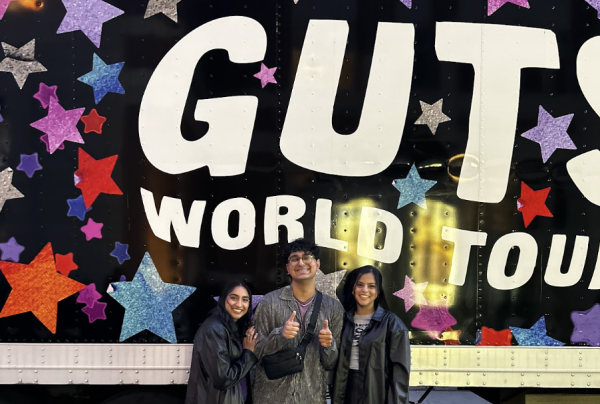


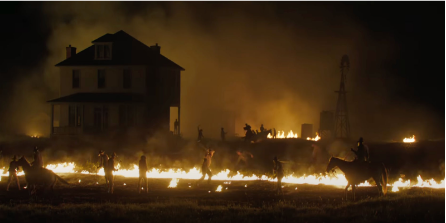
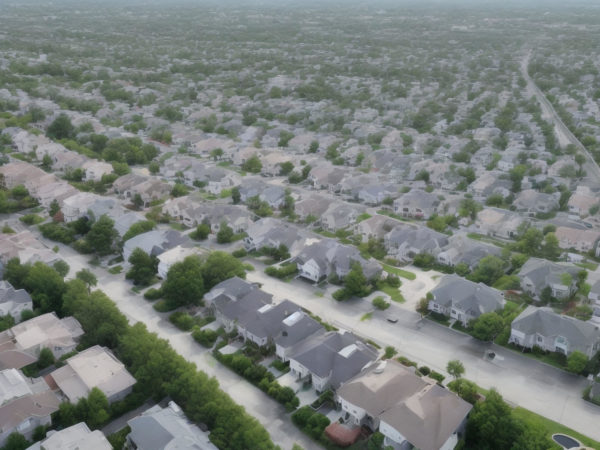
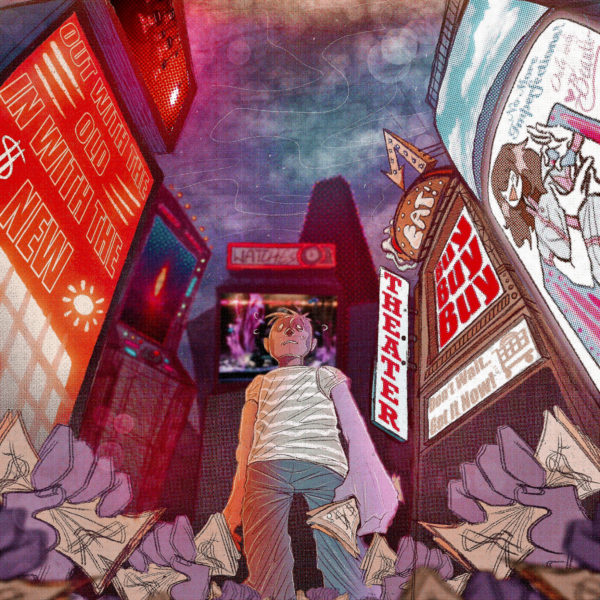


![Junior Chase Harris watches JJ Hatcher’s family being recognized on the field. Harris and Hatcher were close friends, playing baseball together since they were kids and playing football together in high school. “[The game] makes me sad,” Harris said. “But it definitely feels really good because [JJ] will be there in spirit and be with us, cheering us on and running alongside us.”](https://www.hebronhawkeye.com/wp-content/uploads/2023/08/IMG_2267.JPG_YES-600x400.jpg)
